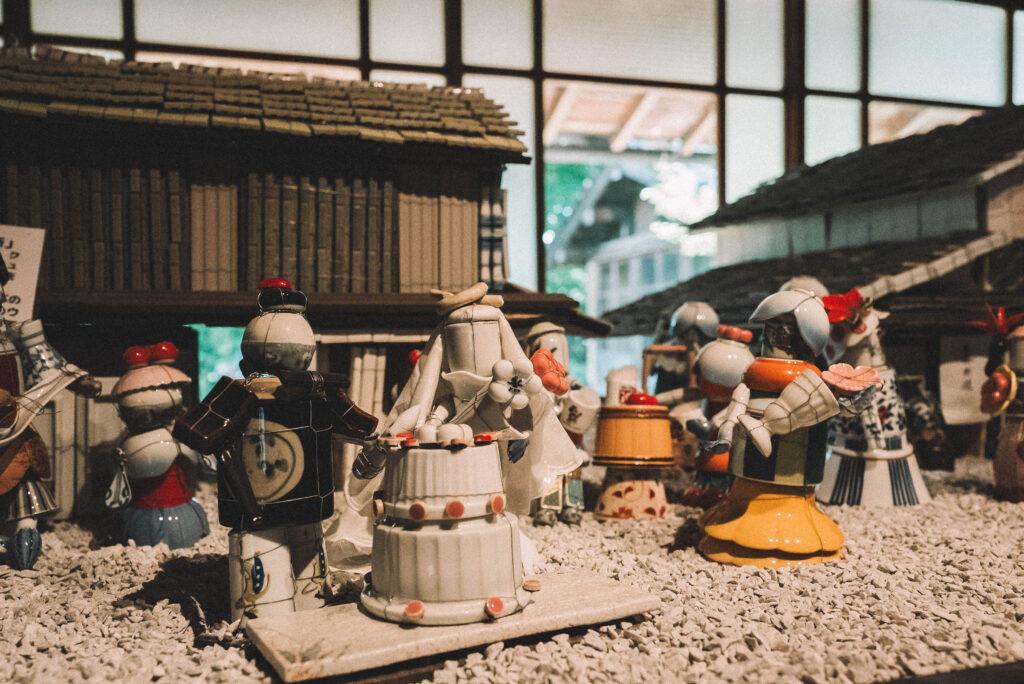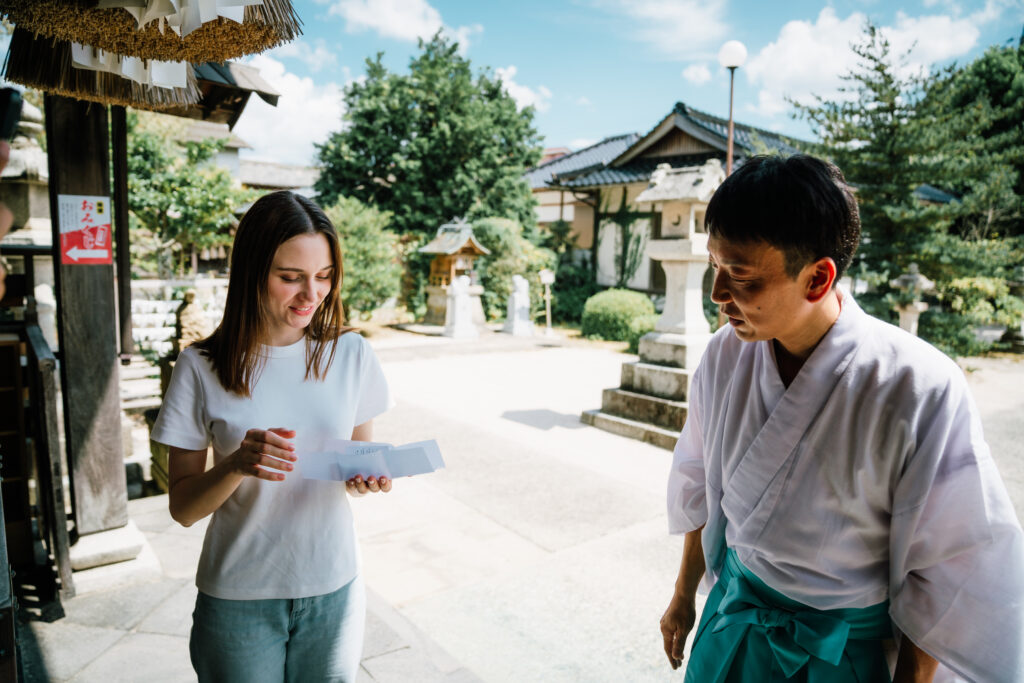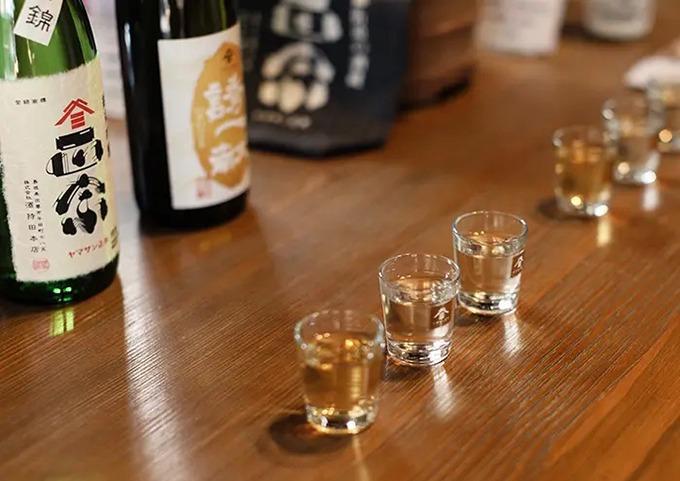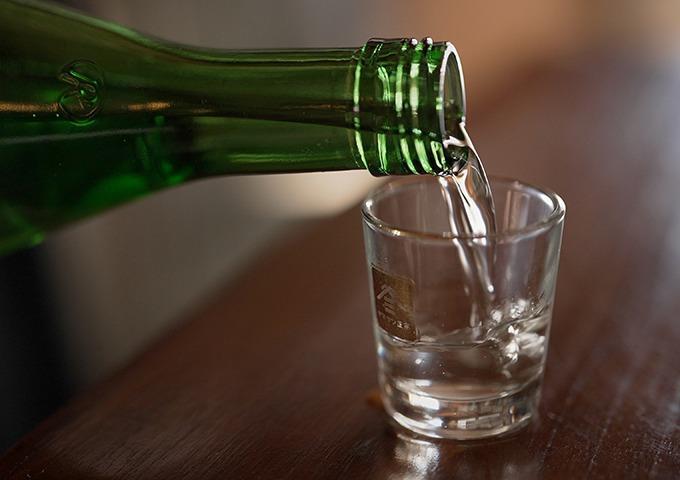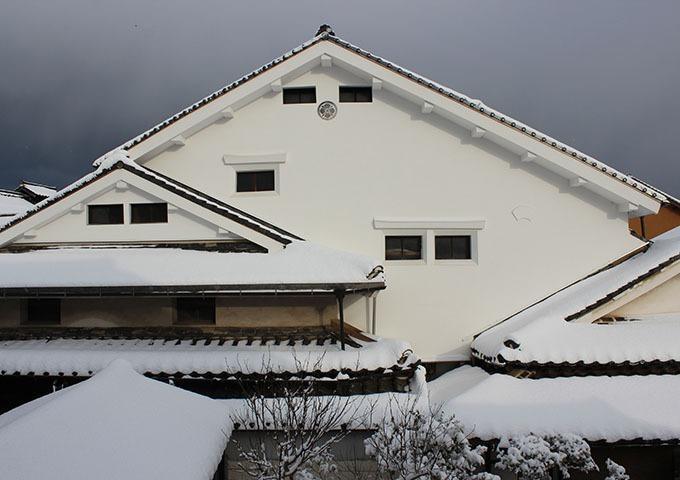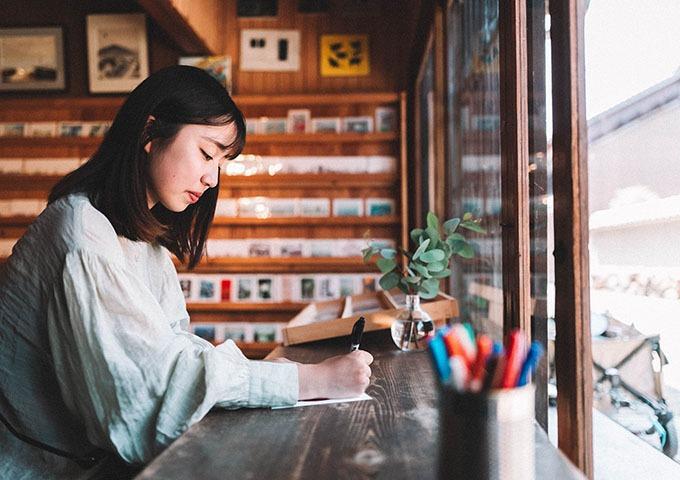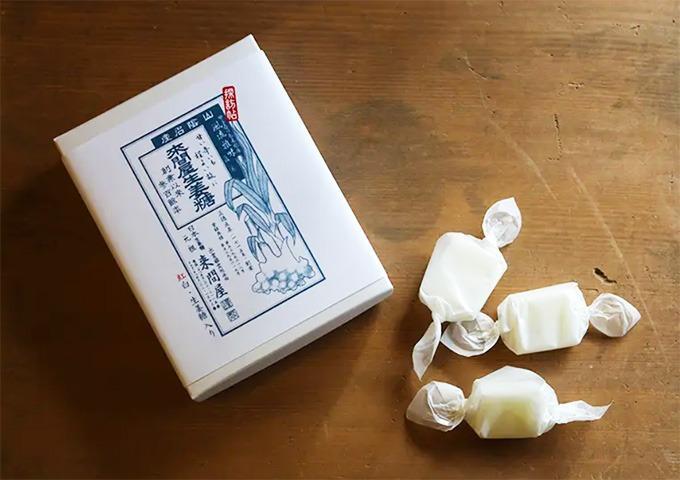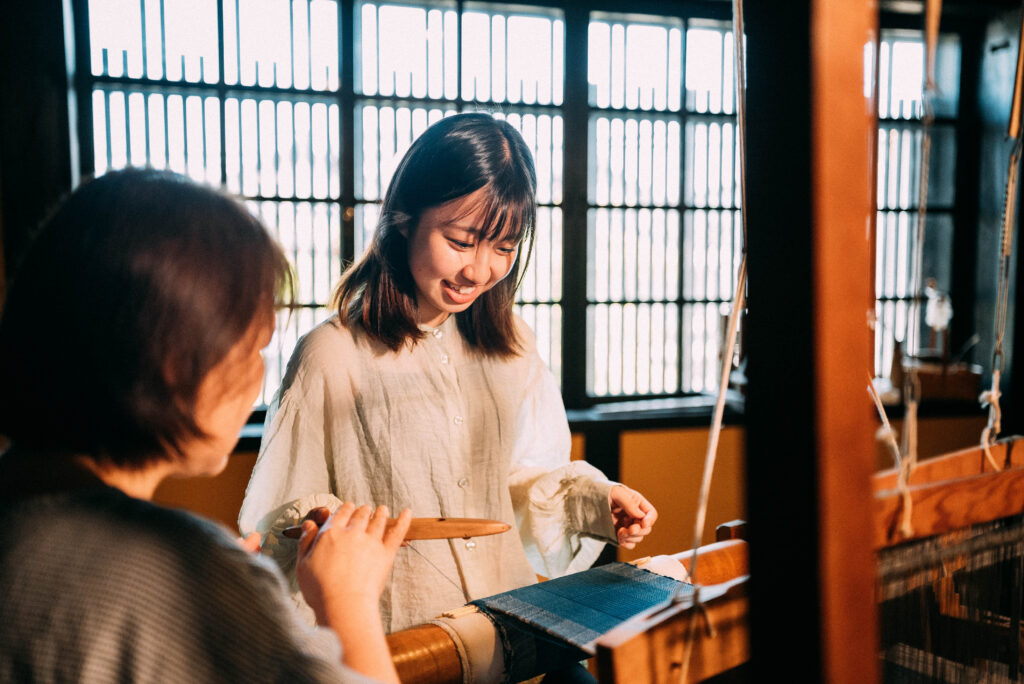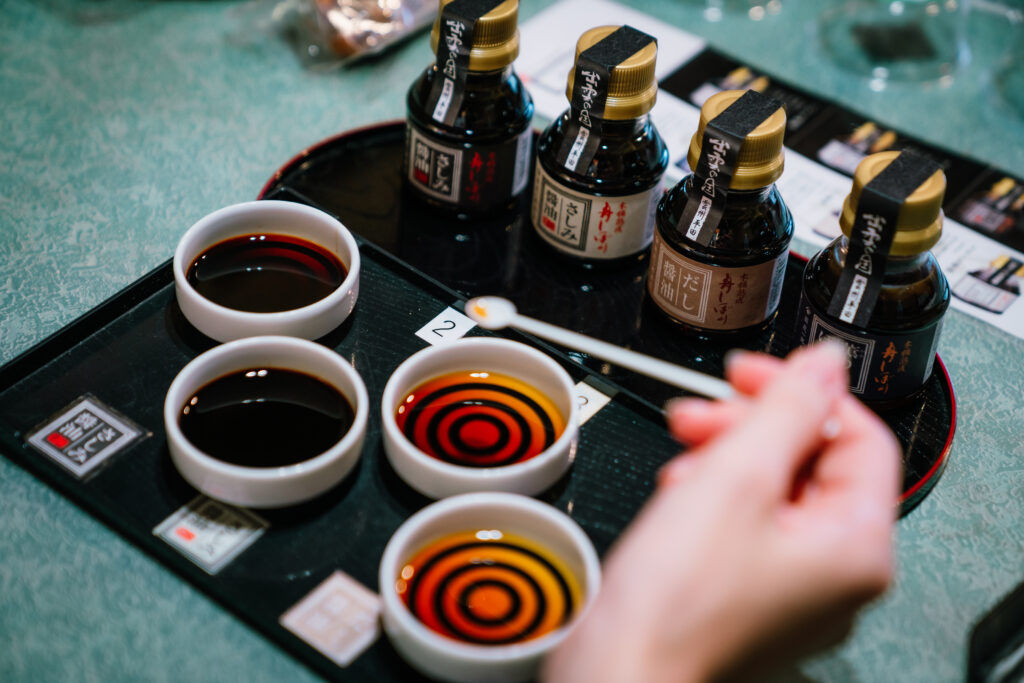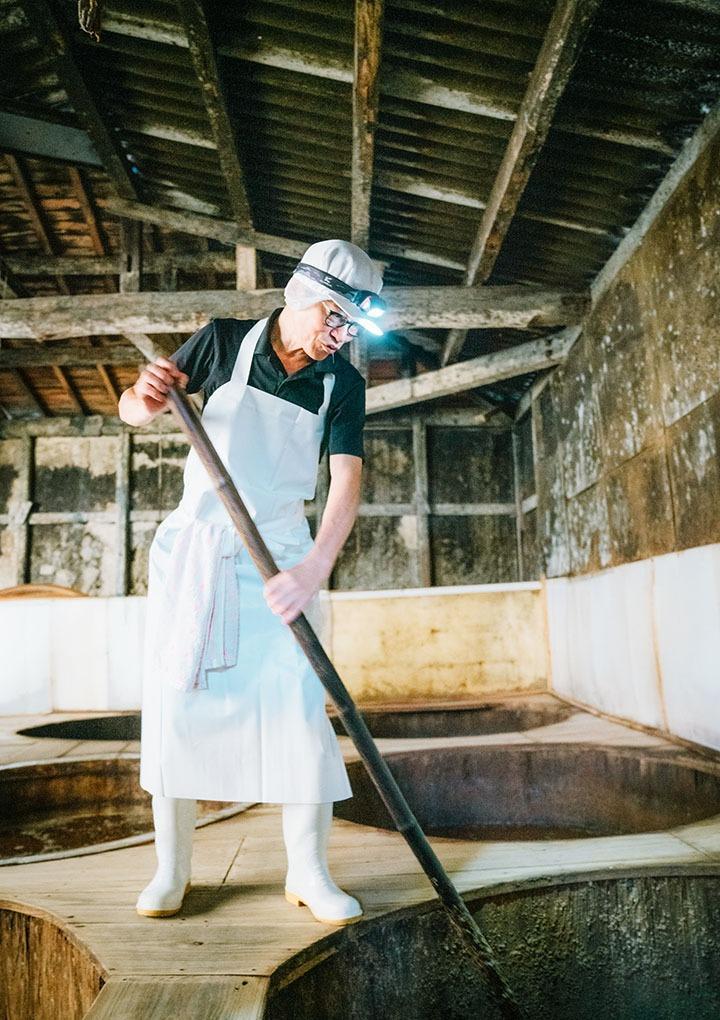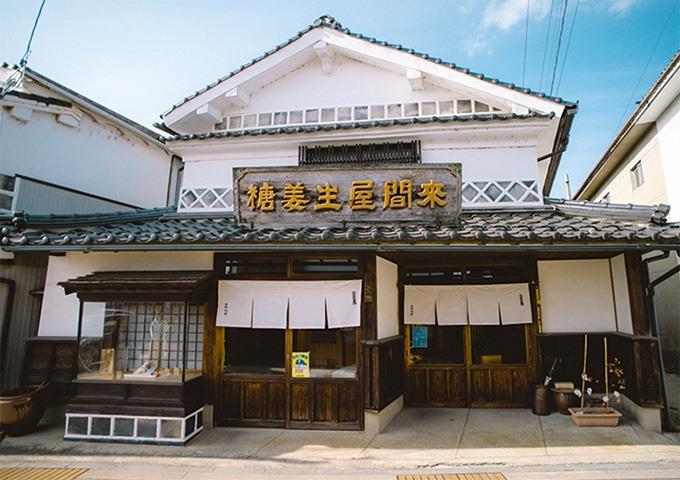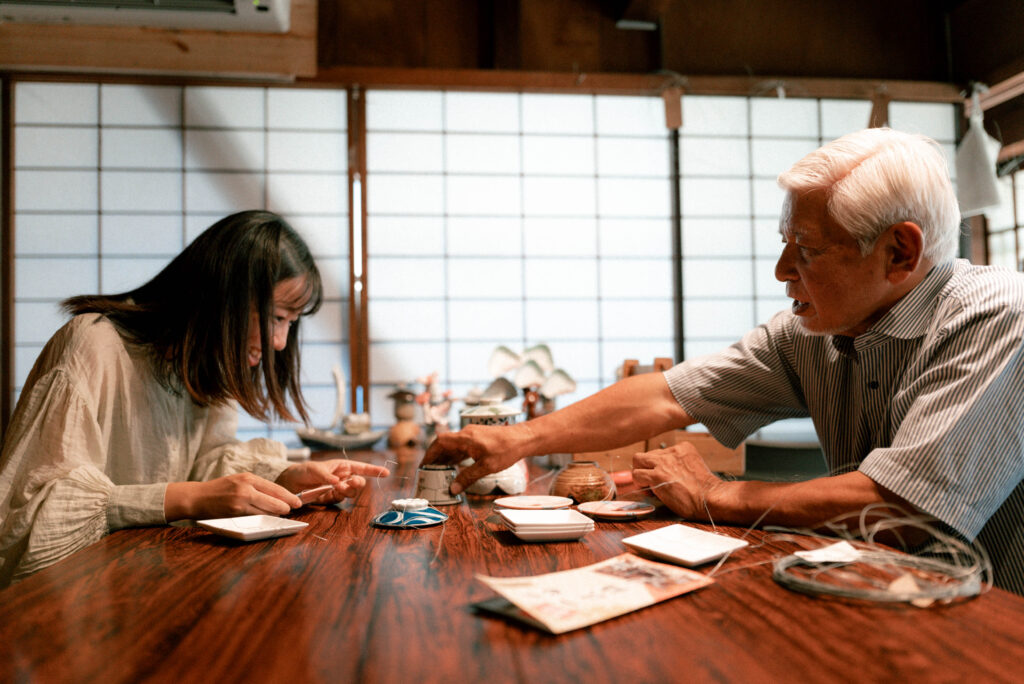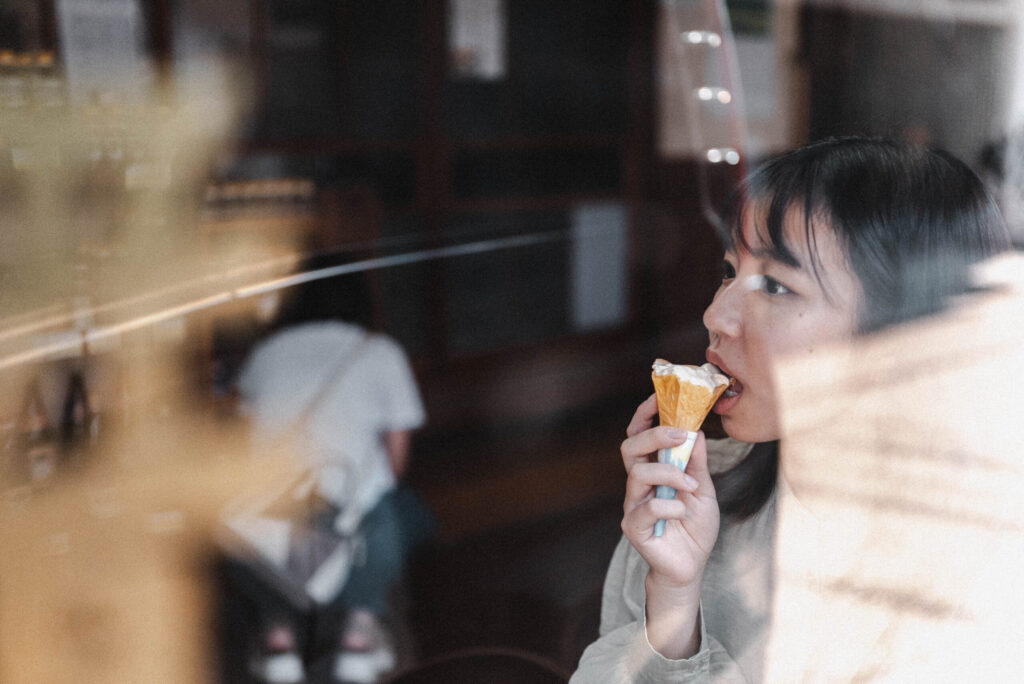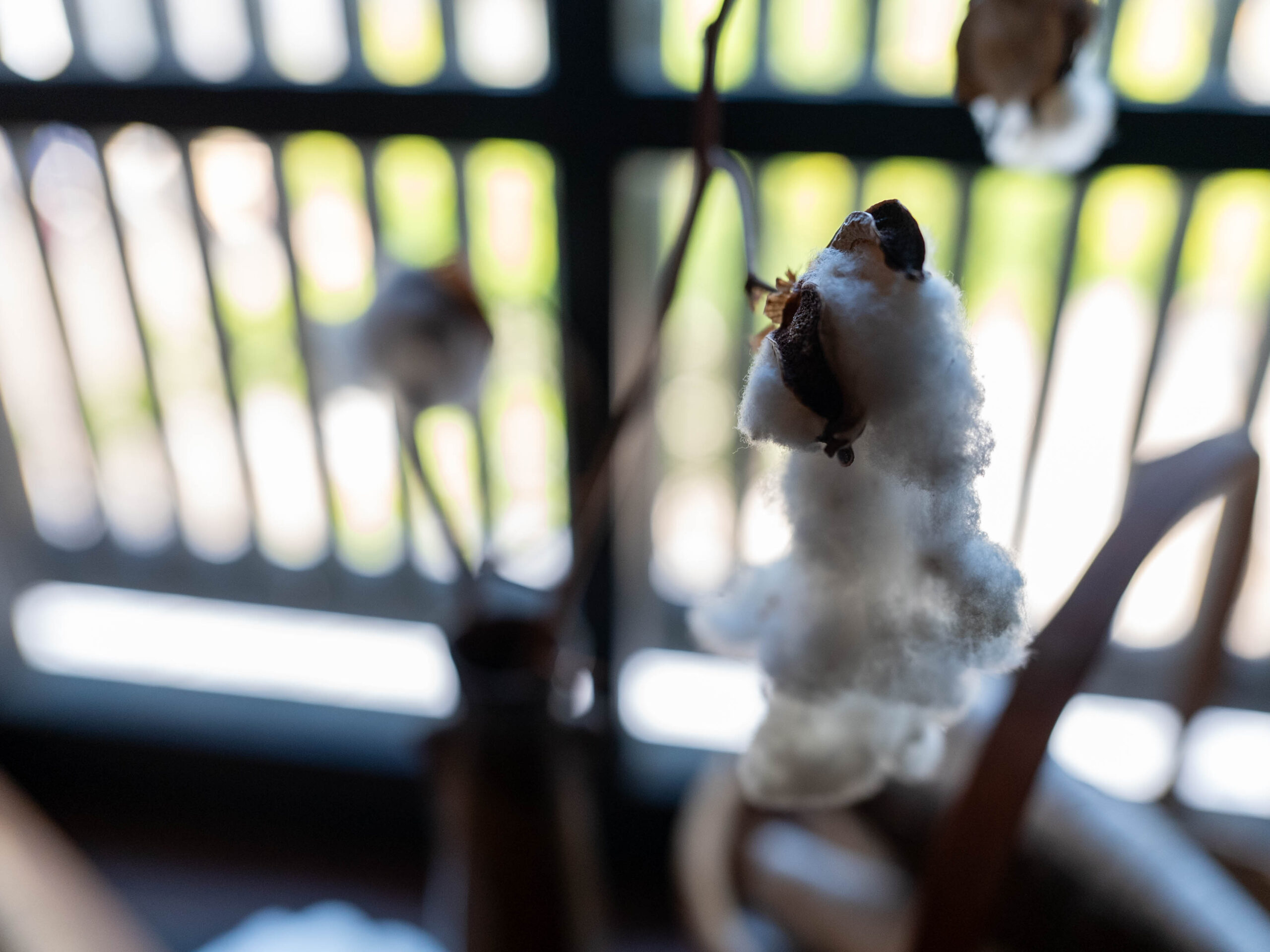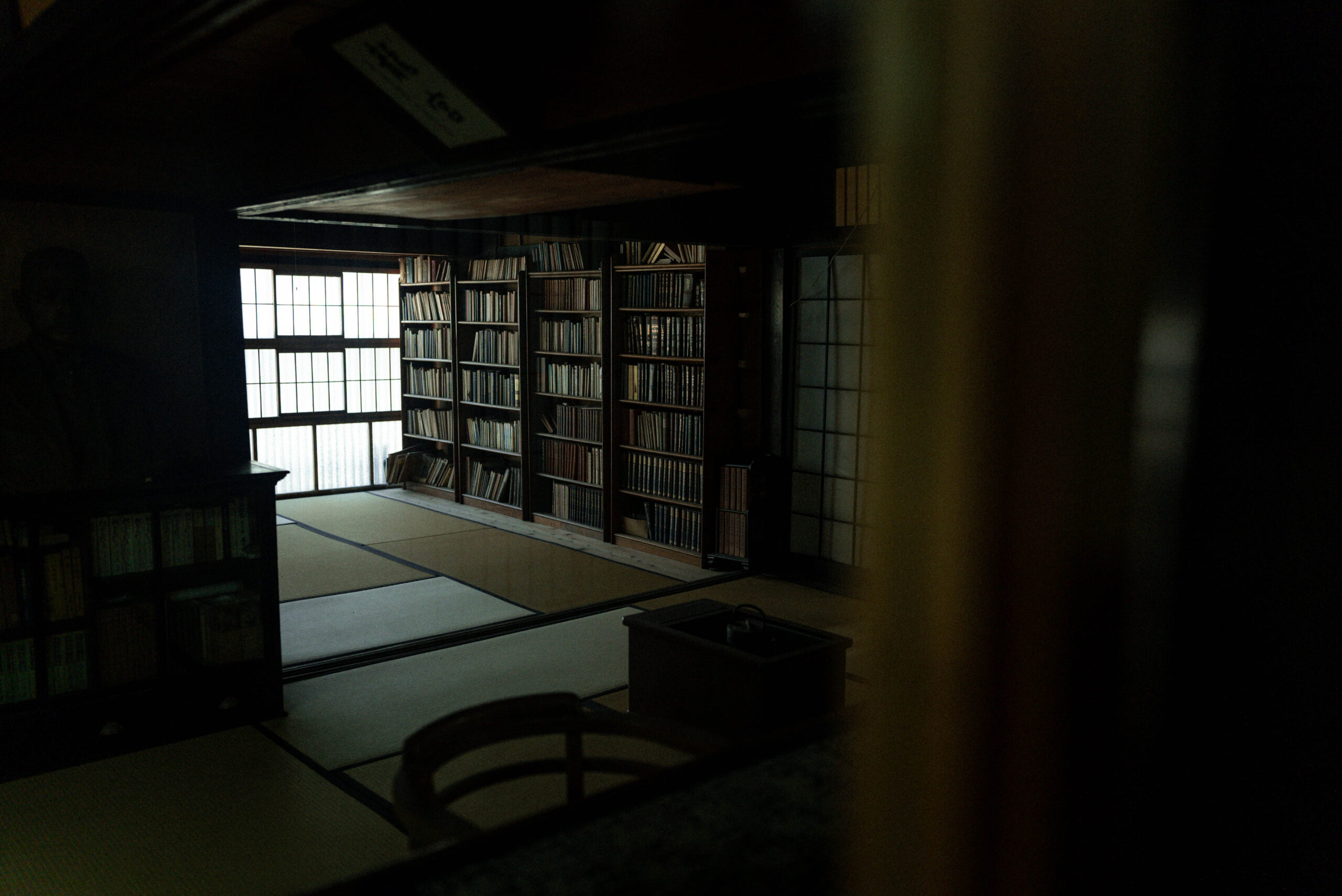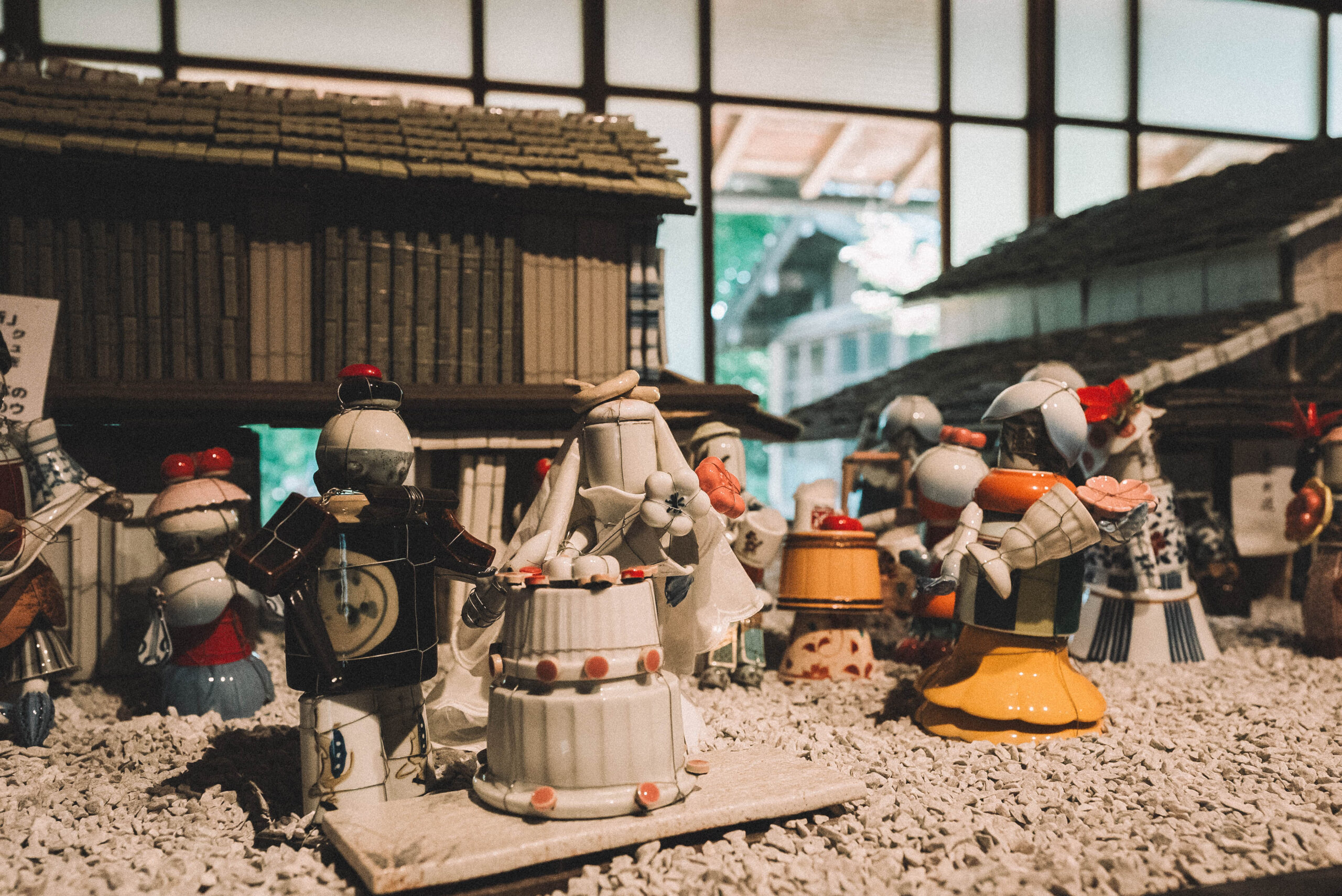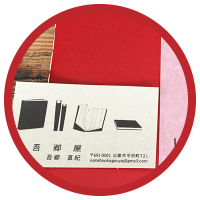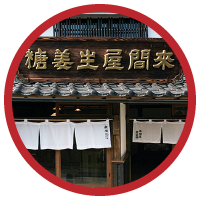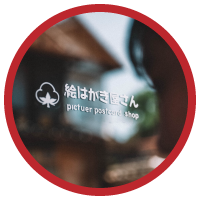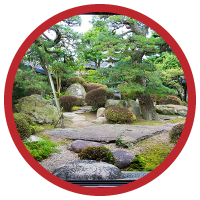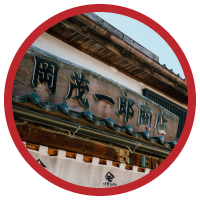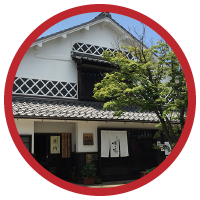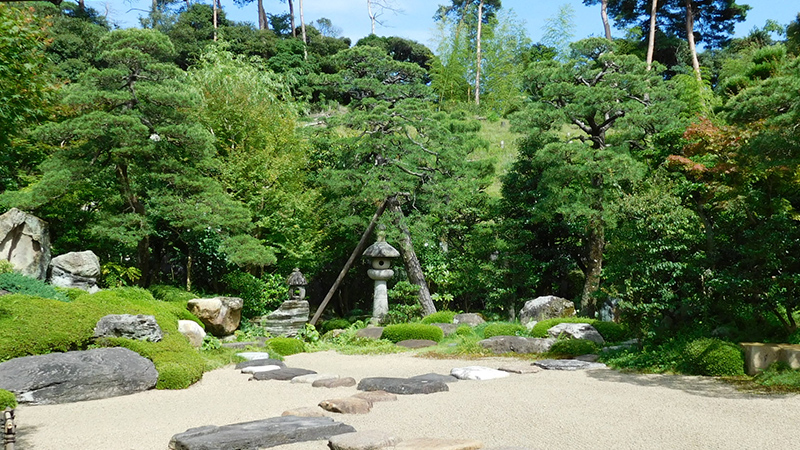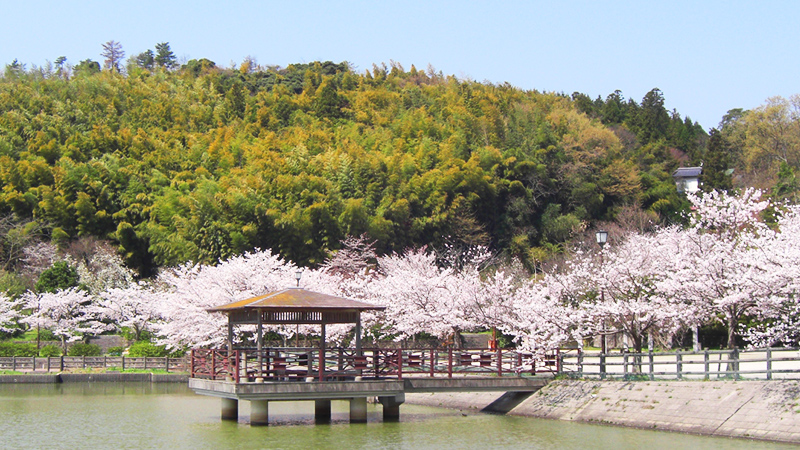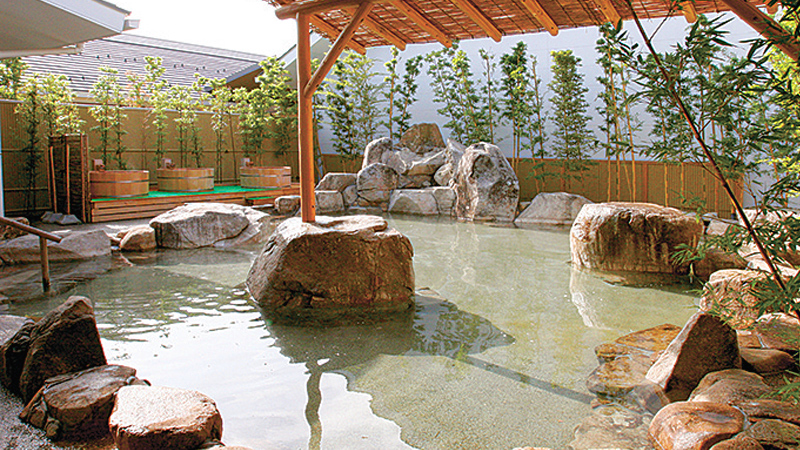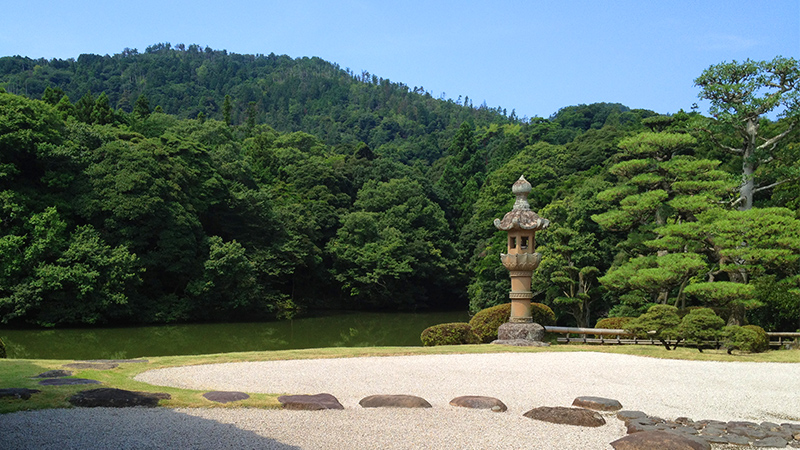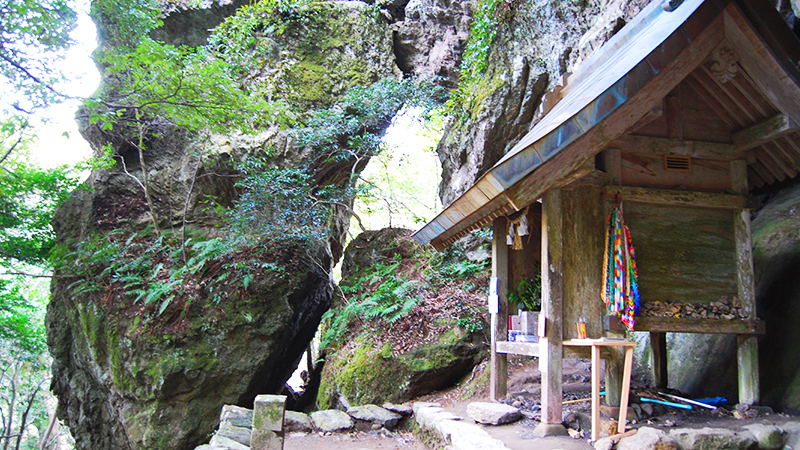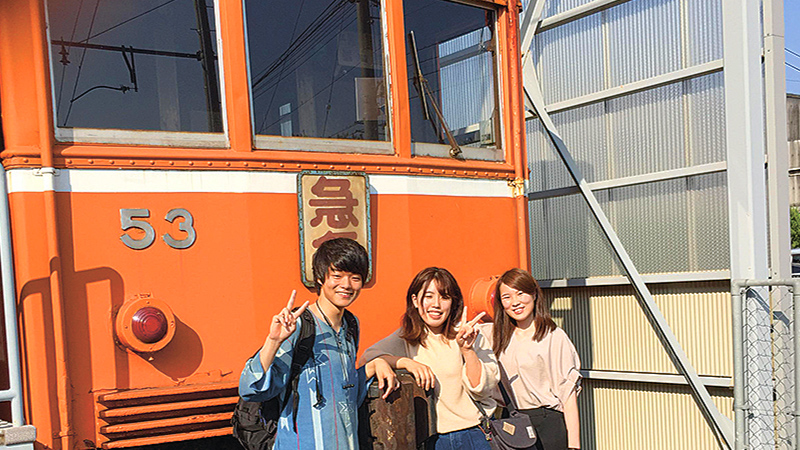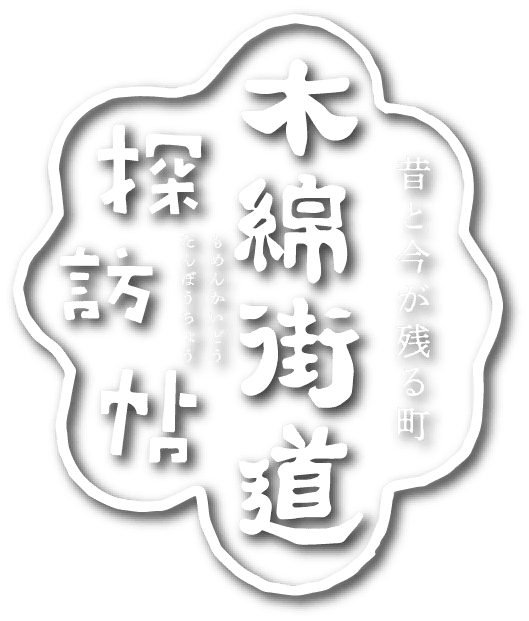

Cotton Highway is a nostalgic town lined with gabled, lacquered townhouses that
flourished as a distribution center for Unshu cotton from the Edo period through to the Meiji period .
It’s a small town where old and new blend together in perfect harmony
, and it’s full of hidden charm.
Experience the life and livelihood of the Momen Kaido with the Momen Kaido Exploration Book
Experience the life and livelihood of the Cotton Road with the Cotton Road Exploration Book
Cotton Highway is a nostalgic town lined with gabled, lacquered townhouses that
flourished as a distribution center for Unshu cotton from the Edo period through to the Meiji period .
It’s a small town where old and new blend together in perfect harmony
, and it’s full of hidden charm.
A town where past and present remain
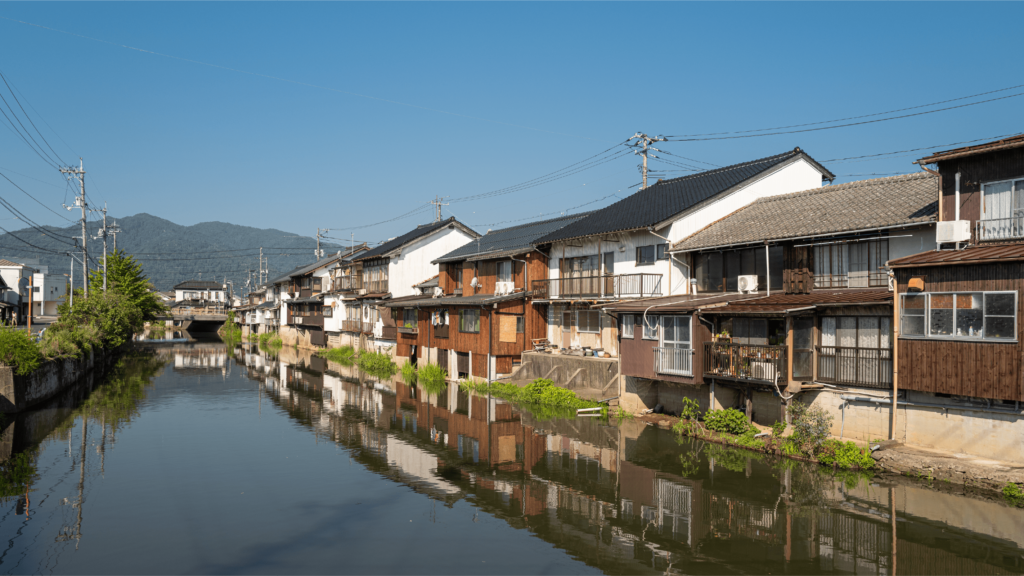

Sandwiched between Lake Shinji and the Sea of Japan, and blessed with nature including the sea, mountains, lakes, and rivers, this town
was once famous for its thriving cotton cultivation.
Cotton cultivation began in the early 1700s, and in the later years it was sold to other countries.
As the domain implemented strict quality control, Osaka Mitsui sent buyers to
the town, and Unshu cotton gained a high reputation in the Kamigata region.
In the Meiji period, the town switched to producing raw silk, and spinning factories were built. This area developed into an industrial city,
thriving as a merchant town, and its population increased significantly.
Many sailing ships passed through the Unshu Hirata Funagawa canal that connects to Lake Shinji,
and until around 1951, there was also a regular ferry service to Matsue. Lined with
“Kouji” and “Kakedashi (cargo landing)” are gabled, lacquered houses and
white-walled storehouses, and while their exteriors may look simple at first glance,
many of the houses are carefully designed with attention to detail in the timber, lacquer, sliding door paintings, and interiors, giving a sense of the wealth of the time.
As you walk through the town, you’ll notice rows
of townhouses with “left-sided tiles,” “sea cucumber walls,” and “lattice windows,” which still remain to this day, and long-established sake shops, soy sauce stores, and Japanese confectionery shops continue to preserve traditional flavors.
The “Momen Kaido,” where the old townscape and modern life blend together in perfect harmony,
has become a precious place where you can enjoy a gentle, calm atmosphere.
Guide Map

01.Kuramaya Ginger Sugar Shop
Founded 300 years ago, this confectionery shop is the original ginger candy maker in Japan. They use Izumo-grown Denishi ginger, which has little fiber and good flavor, and continue to make it by hand over charcoal in the traditional way.
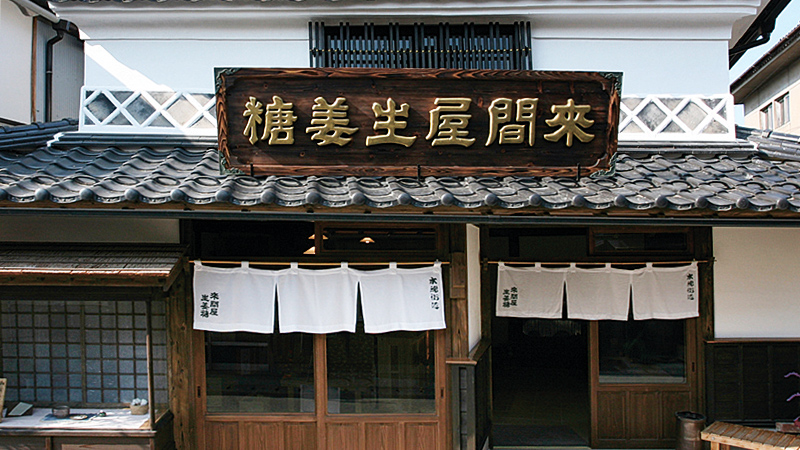
Experience Menu
02.Sakamochida Sake Brewing Company
They polish their own sake rice from Shimane Prefecture, and the excellent Izumo Toji brews delicious sake, Yamasan Masamune. There is also a lot to see inside the 140-year-old building.
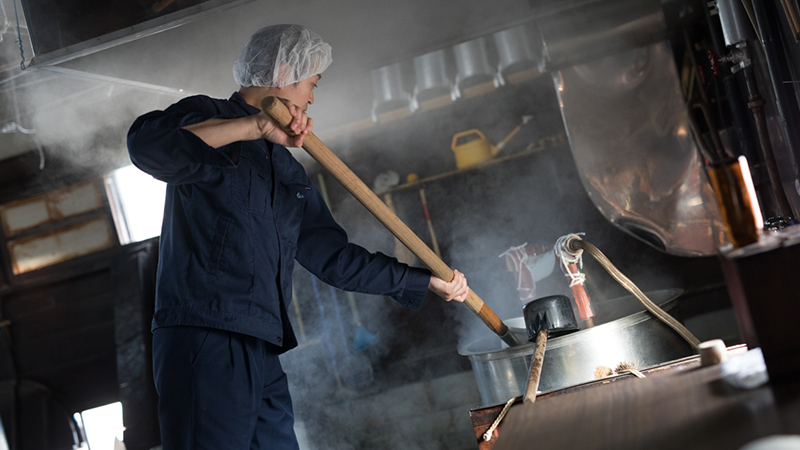
Experience Menu
03.Mochida Soy Sauce Shop
The soy sauce that has been carefully aged over time has a rich, delicious flavor. We are particular about using real soy sauce. Our soy sauce soft serve ice cream, grilled rice balls, and mitarashi dango are also very popular!
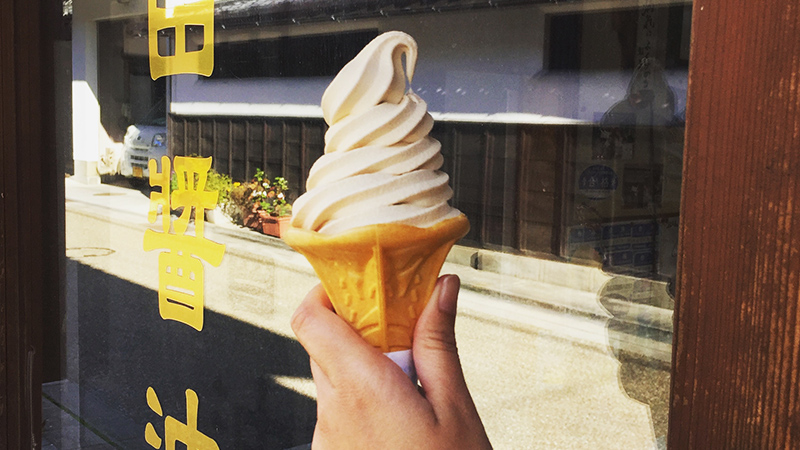
Experience Menu
04.Postcard Shop
The “Picture Postcard Shop” is marked by a retro red postbox that blends in with the streetscape of the Momen Kaido. The shop owner, Mr. Takahashi of “Kyoto Gofuku Takahashi”, was born and raised on the Momen Kaido, and there are about 300 kinds of postcards lined up with motifs of Funakawa, Lake Shinji, and the scenery of the Momen Kaido, making it seem like a small art museum.
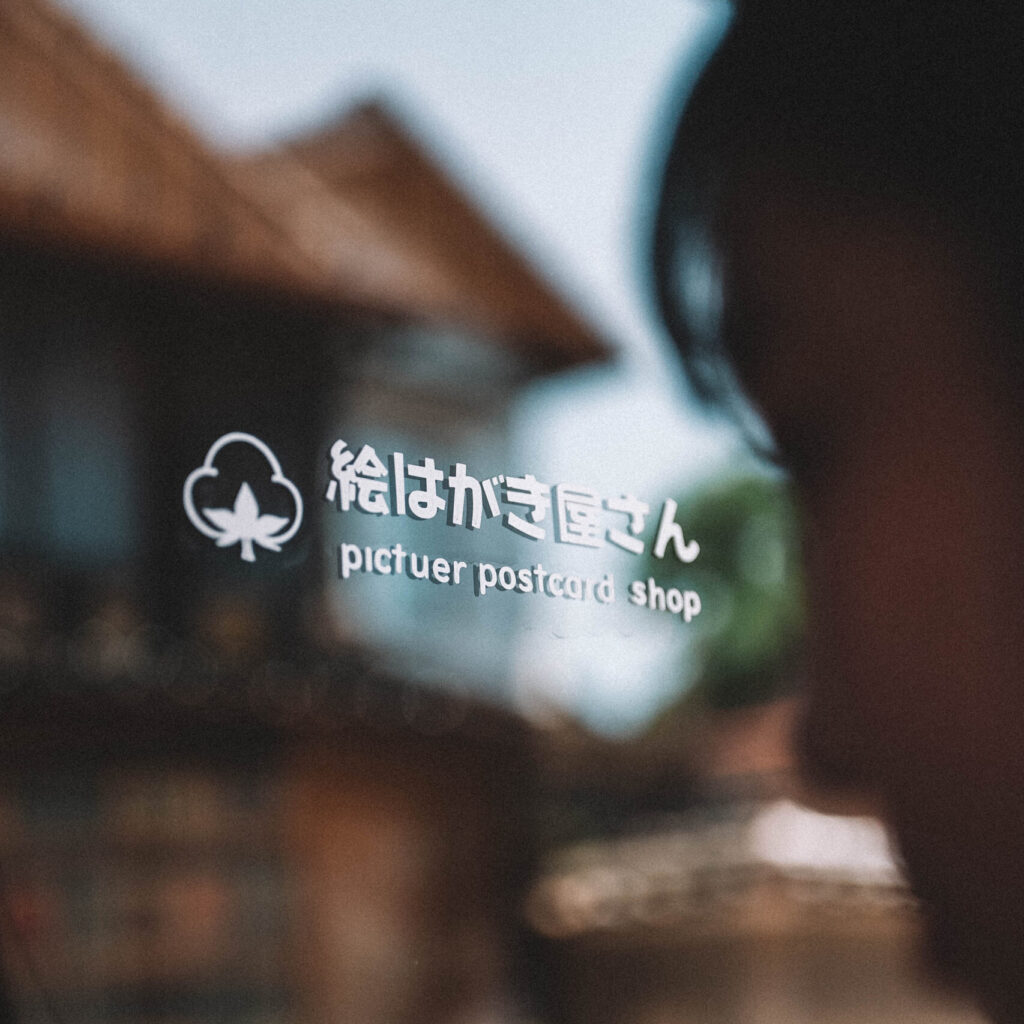
Experience Menu
05.Honishibashi Residence
The Honishibashi Residence was built in the Edo period and is the oldest on the Momen Kaido. It was the home of a landowner at the time.
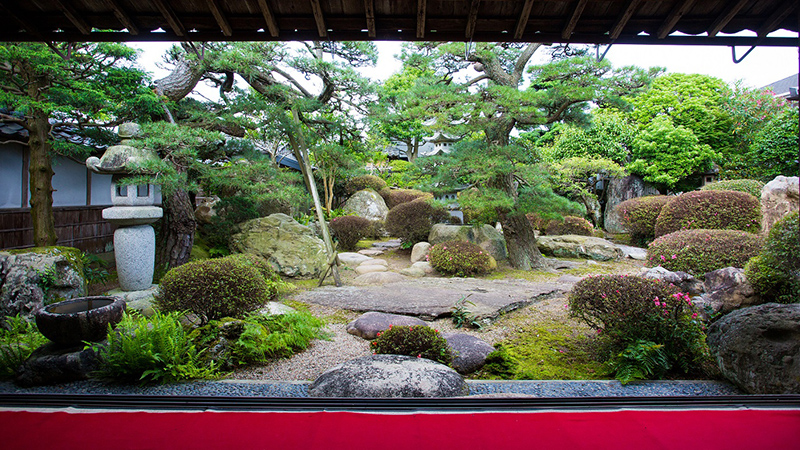
Experience Menu
06.Momen Kaido Communication Center
This building is a restored former Nagasaki doctor’s house. It is now a beloved community center for the local community.
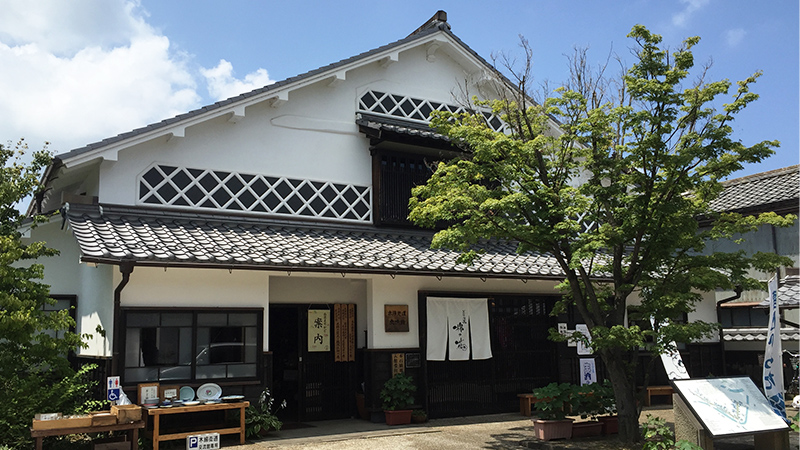
Experience Menu
07.Okamoichiro Shoten
A soy sauce maker on the Momen Kaido. You can taste soy sauce before buying the one you like. The owner, who is an expert on soy sauce, will explain all about soy sauce in an entertaining way.
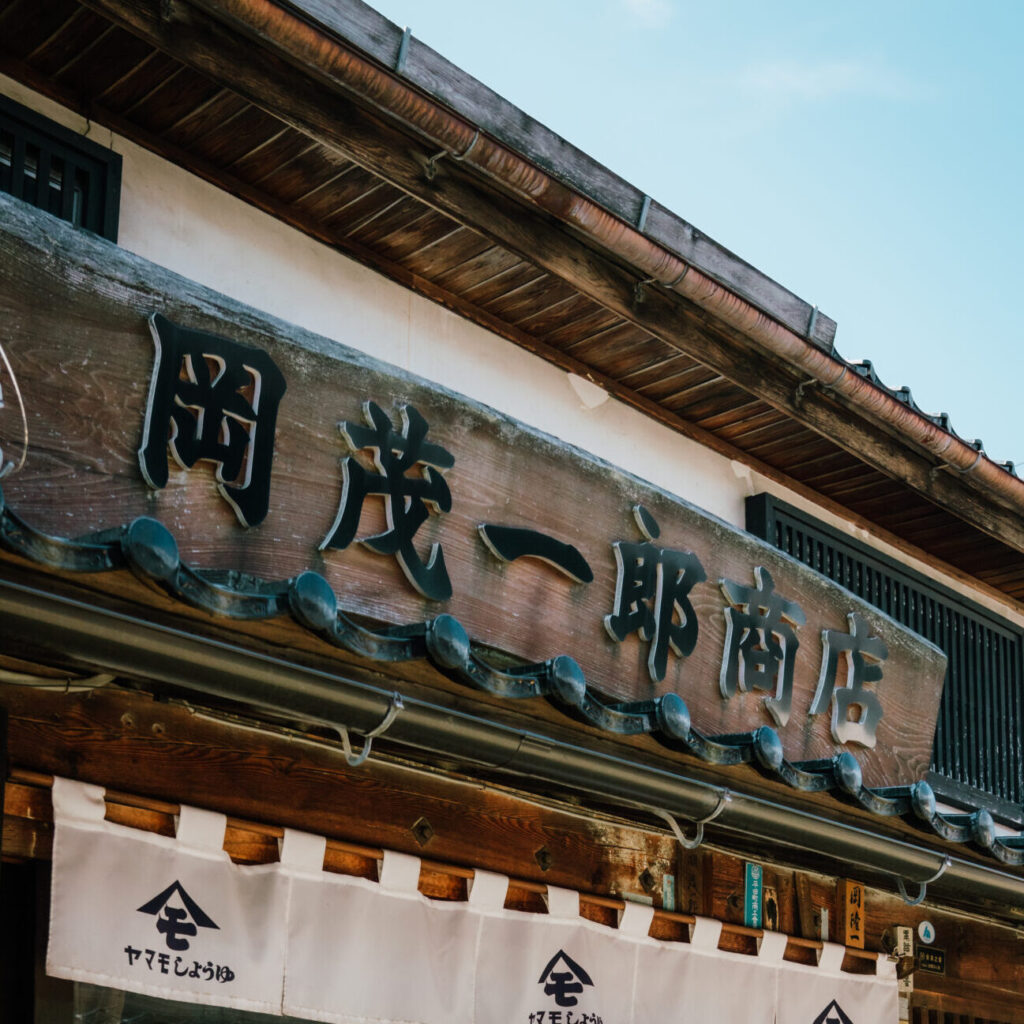
Experience Menu
08.Agoya
“Bookbinding, paper shapes, and fantasies…” Based on the concepts of “always wanting to have a blank page by your side” and “making you smile every time you pick it up,” we create and sell original notebooks and paper sculptures.
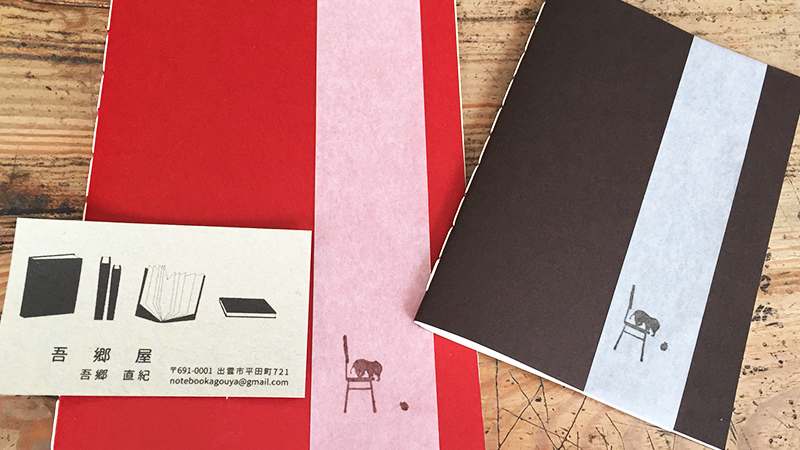
Experience Menu
09.Umi Shrine
Until the Edo period, it was enshrined as Kumano Shrine, but after the Meiji period, it was delivered to “Umi Shrine”, which was also enshrined in the same shikinaisha. The main hall was built in 1812.
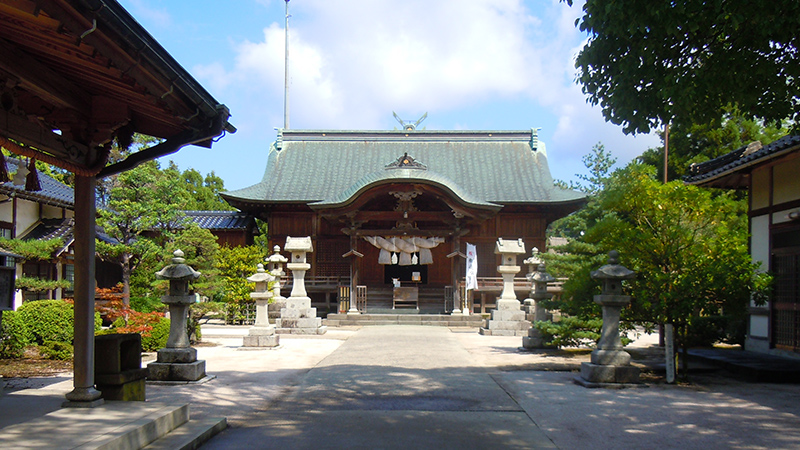
Experience Menu
10.Hirata Set Decoration Preservation Society
Hirata Isshiki Decoration is a unique folk art form that has been handed down in Izumo City for 200 years, in which participants compete to create elaborate decorations using a variety of Buddhist altar implements, pottery, metal objects, tea utensils, and other items to depict scenes from Kabuki or history.
